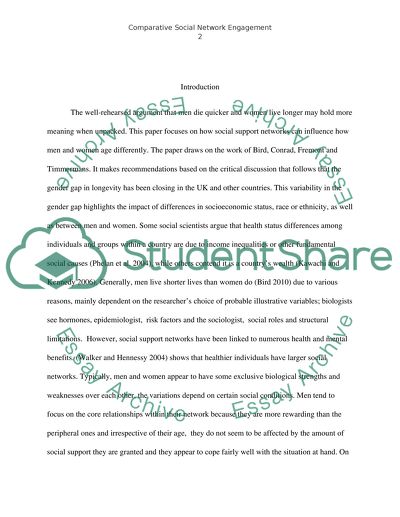Cite this document
(“Men and Women in Social Networks Essay Example | Topics and Well Written Essays - 2750 words”, n.d.)
Retrieved de https://studentshare.org/health-sciences-medicine/1492889-men-and-women-in-social-networks
Retrieved de https://studentshare.org/health-sciences-medicine/1492889-men-and-women-in-social-networks
(Men and Women in Social Networks Essay Example | Topics and Well Written Essays - 2750 Words)
https://studentshare.org/health-sciences-medicine/1492889-men-and-women-in-social-networks.
https://studentshare.org/health-sciences-medicine/1492889-men-and-women-in-social-networks.
“Men and Women in Social Networks Essay Example | Topics and Well Written Essays - 2750 Words”, n.d. https://studentshare.org/health-sciences-medicine/1492889-men-and-women-in-social-networks.


